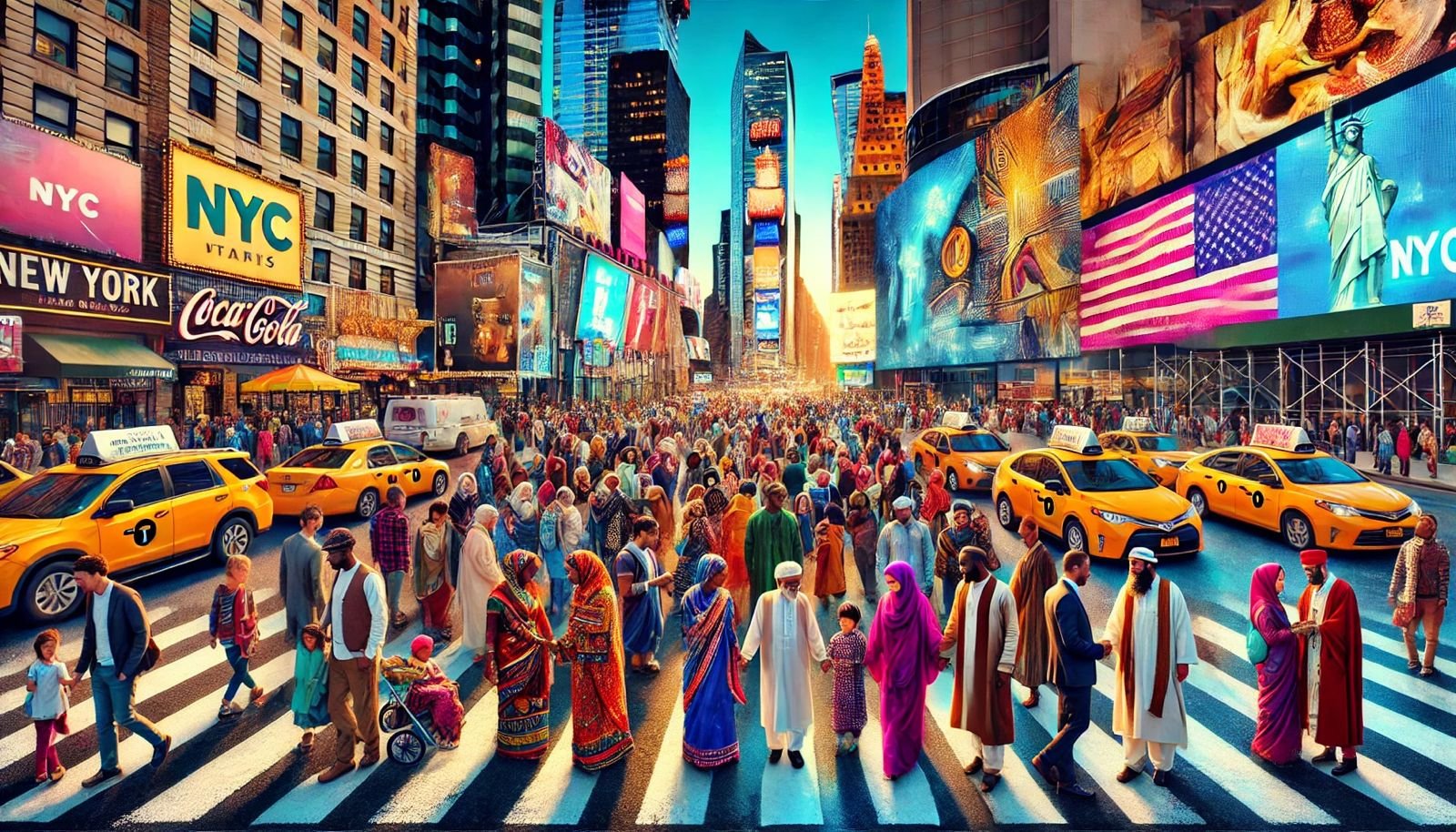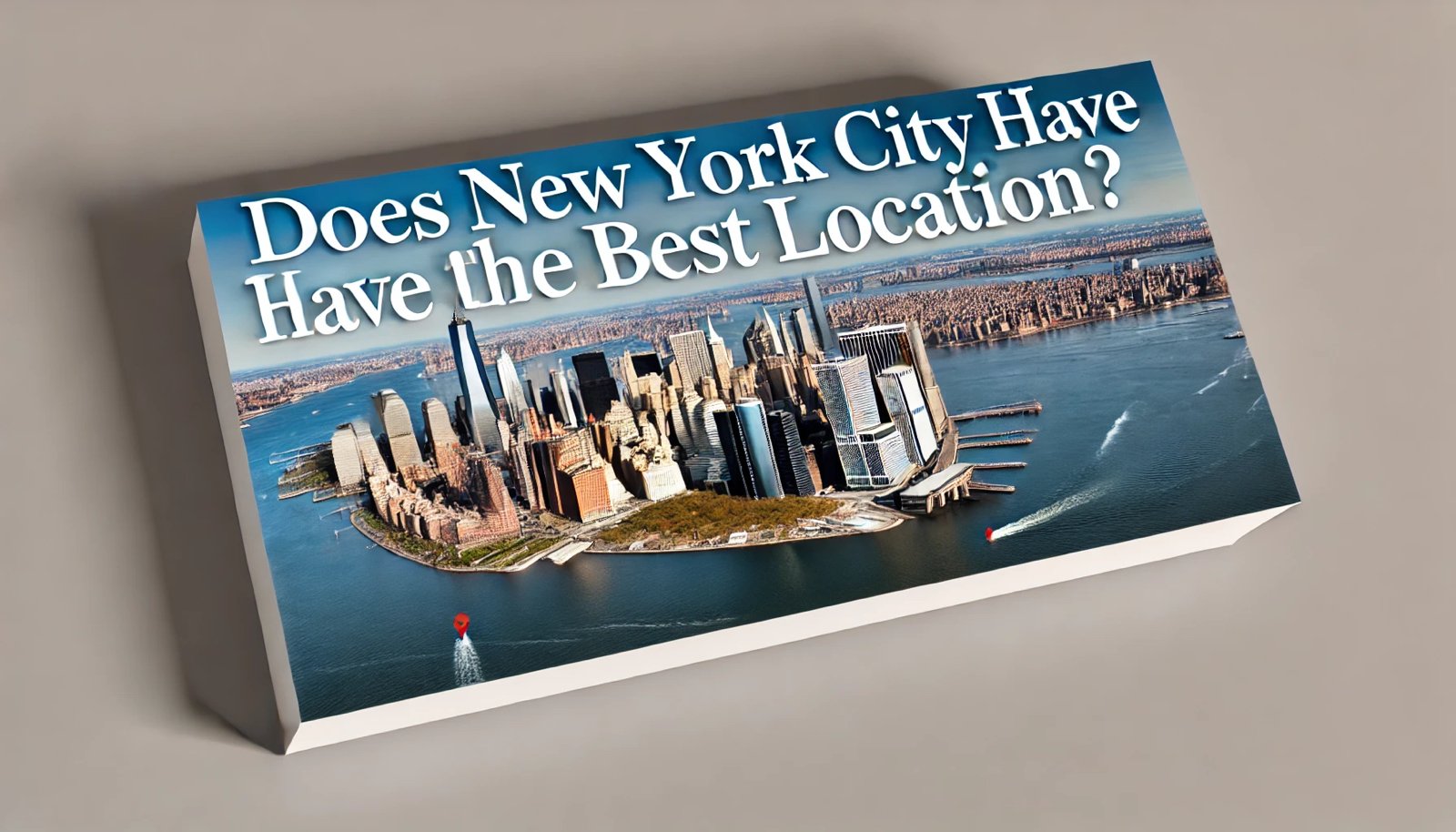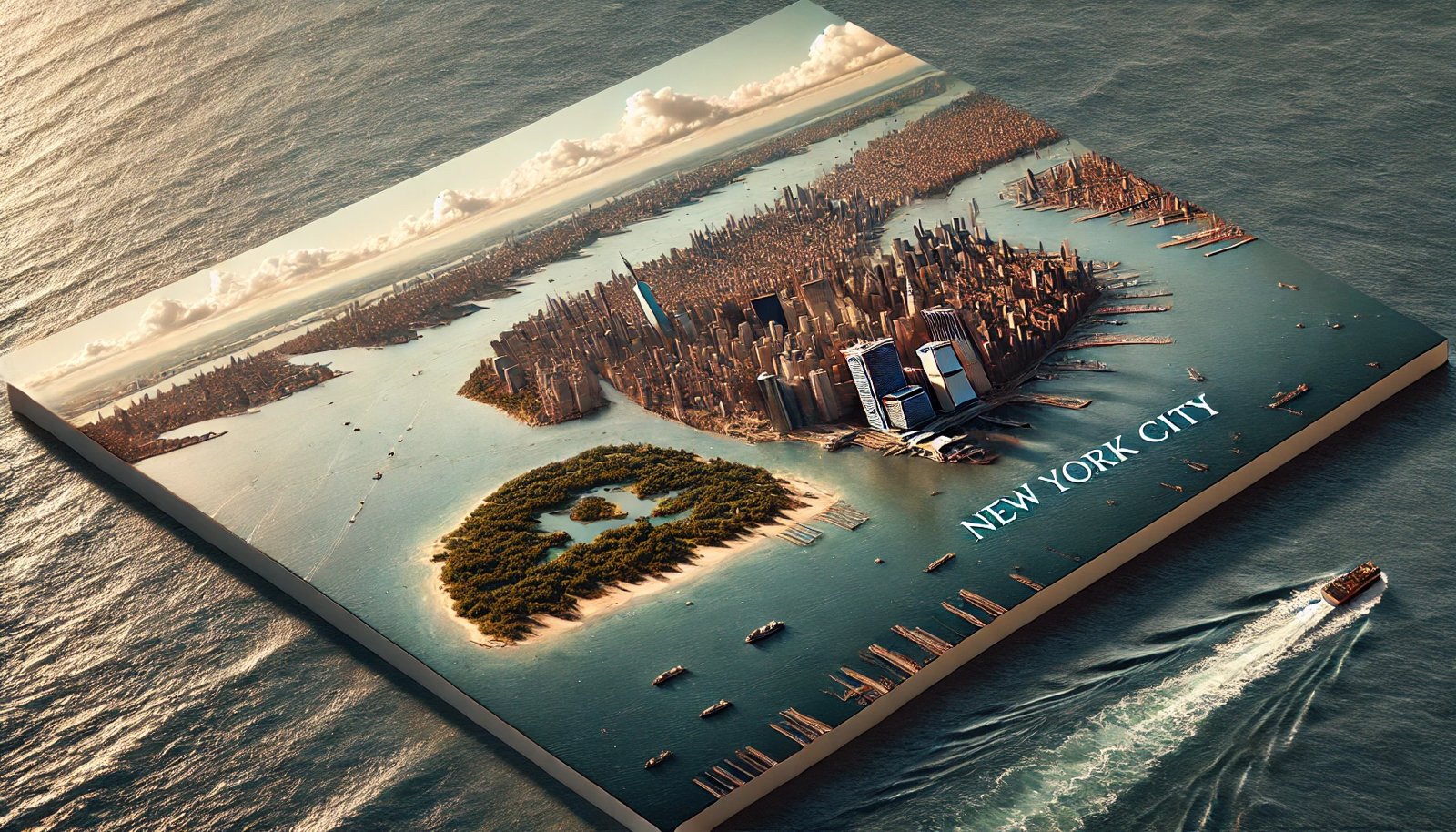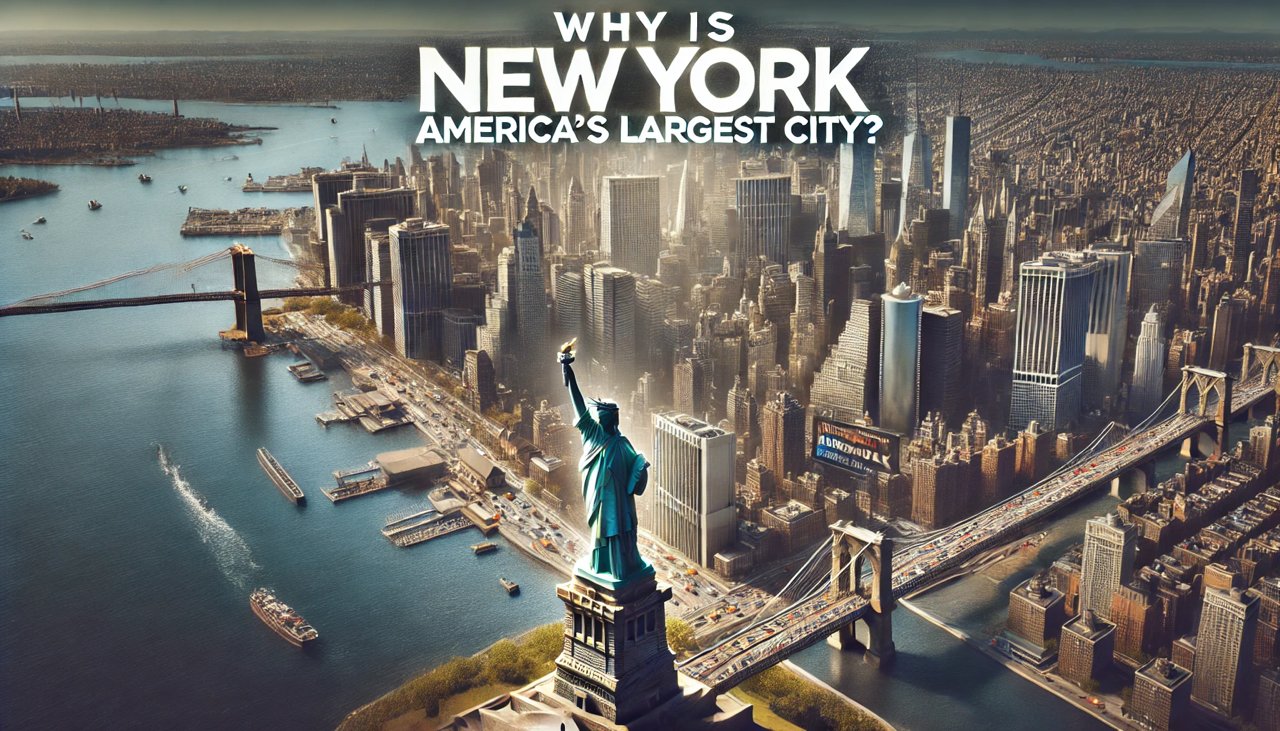
Is New York City racially diverse?
New York City stands as a vibrant example of racial diversity, shaped by its complex demographic landscape and rich history of immigration. With approximately 31.9% of residents identifying as white, 28.9% as Hispanic, 23.8% as Black, and 14.3% as Asian, the city's cultural tapestry reflects a significant blend of communities. Despite ongoing challenges like segregation and socio-economic disparities, there is a growing movement towards inclusivity and understanding among various racial groups.

Does New York City have the best location?
New York City’s strategic geography, positioned at the Hudson River’s mouth, has propelled it into a global hub for trade, finance, and culture. Its natural harbor, extensive transport network, and unique topography provide New York with significant economic advantages. This blog explores how geography has been instrumental in shaping the city’s development.

Is New York City an Island or Peninsula?
New York City's geography is as diverse as its culture, sparking questions about whether it's an island or a peninsula. Its unique layout across five boroughs, including Manhattan's island and the mainland Bronx, shapes its vibrant character. Understanding New York’s complex structure reveals how geography has influenced its cultural and economic development.

Why is New York America’s largest city?
New York City, often referred to as "The Big Apple," is the largest and most diverse city in America. Its economic power, cultural richness, and vibrant neighborhoods, combined with strong infrastructure and world-renowned institutions, have shaped it into a global hub. From Wall Street to Broadway, New York continues to thrive as a center of opportunity and diversity.